 When I think of scouting, this type of activities is always the first that comes to mind. I don’t know if it’s because rockets and boys go well together outdoors, or if it’s my own love of the hobby that makes this a secret passion. Either way, it’s a lot of fun to share this passion with students who share the same interest. Scouts earning this badge get to learn how about spacecraft, rockets, technology, Newton’s laws, forces, motion, energy and more!
When I think of scouting, this type of activities is always the first that comes to mind. I don’t know if it’s because rockets and boys go well together outdoors, or if it’s my own love of the hobby that makes this a secret passion. Either way, it’s a lot of fun to share this passion with students who share the same interest. Scouts earning this badge get to learn how about spacecraft, rockets, technology, Newton’s laws, forces, motion, energy and more!
If you’re not able to make the real chemical rockets, I’ve provided several additional projects that do not require fire or flames. These projects are also great for younger siblings that want to do what you’re doing… educating younger students is also a great leadership skill to have!
Here’s a set of experiments that will help you meet your requirements. These are the official requirements as set by the Boy Scouts of America (in bold):
[am4show have=’p8;p9;p11;p38;p92;’ guest_error=’Guest error message’ user_error=’User error message’ ]
Requirements and Experiments:
Design a collector’s card, with a picture on the front and information on the back, about your favorite space pioneer. Share your card and discuss four other space pioneers with your counselor.
You might find NASA’s Astronaut biographies useful when developing this part of your requirement.
Build, launch, and recover a model rocket, with a specific objective. Identify and explain the necessary rocket parts.
The first video is the real thing… it’s a step-by-step video of how to not only build the rocket, but also the launch pad and prepare the rocket for it’s first flight. I’d make at least a couple of these rockets, as they often find themselves stuck up in a tree, over a roof, or crashed into pieces when you’re first learning how to pack wadding and folding the parachute so it doesn’t get burn holes in it.
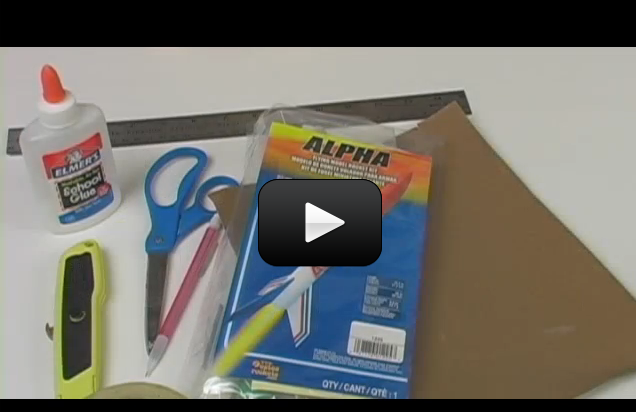 |
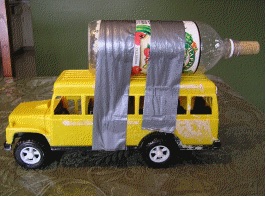 |
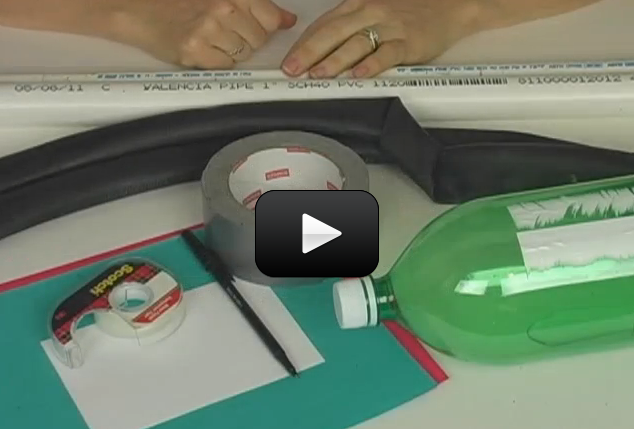 |
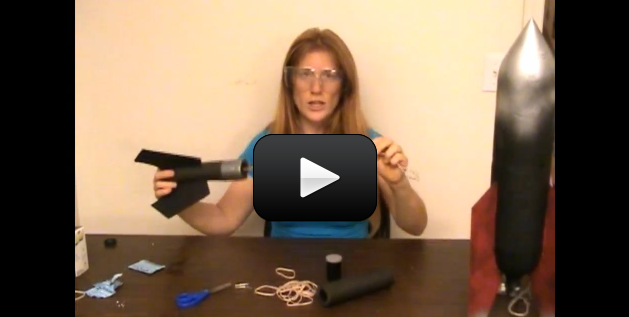 |
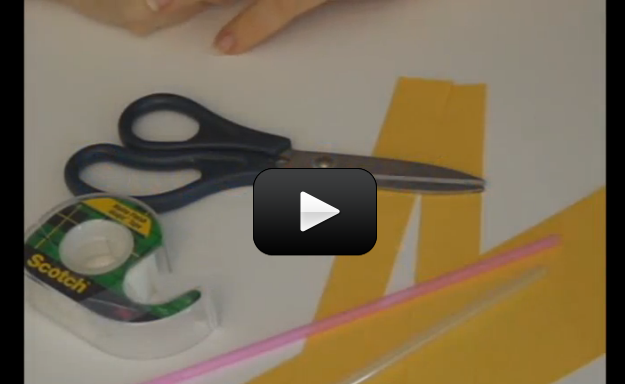 |
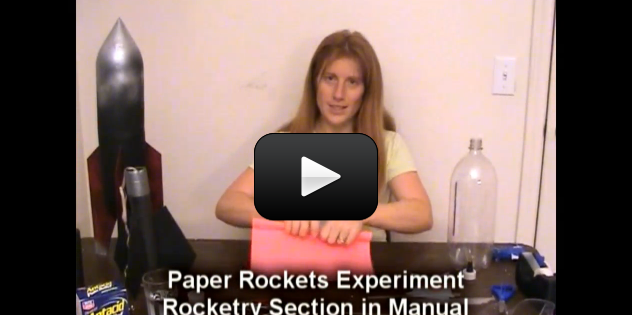 |
 |
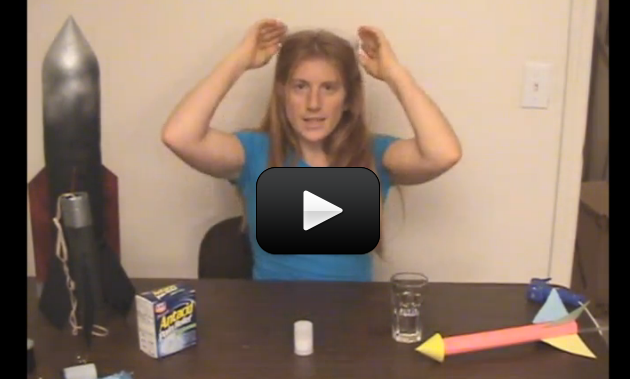 |
 |
|||
Discuss and demonstrate:
We’re going to study velocity, acceleration, forces, and Newton’s three laws of motion in this section. You’ll get to throw things, build g-force accelerometers, and much more as you uncover the basis of all physics in our crash-course in projectile motion. Newton has a famous quote that goes “If I have seen farther then others, it is because I have stood on the shoulders of giants.” One of the giants he was referring to was Galileo. Thanks to the discoveries of Galileo and others, Newton was able to make many of his own discoveries. The most famous of which are Newton’s Laws of Motion.
Newton’s Laws are all they used to get the first man to the moon. They are an amazingly powerful and wonderful area of physics. I like them because evidence of them is everywhere. If something moves or can be moved, it follows Newton’s Laws. You can’t sit in a car, walk down the road, drink a glass of milk, or kick a ball without using Newton’s Laws. I also like them because they are relatively easy to understand and yet open up worlds of answers and questions. They are truly a foundation for understanding the world around you.
Newton’s Third Law of Motion: For every action, there is an equal and opposite reaction. Force is a push or a pull, like pulling a wagon or pushing a car.
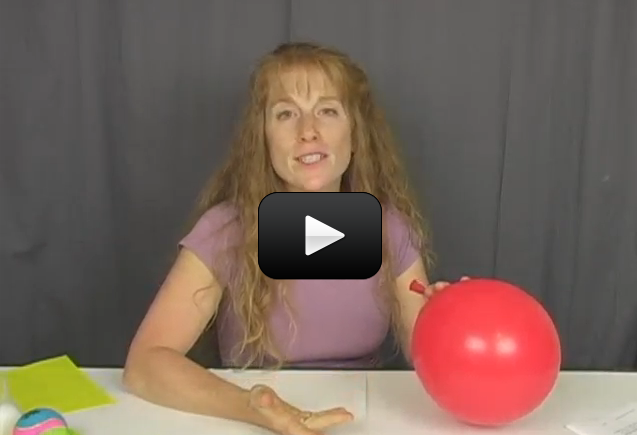 |
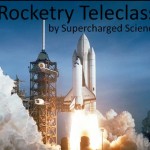 |
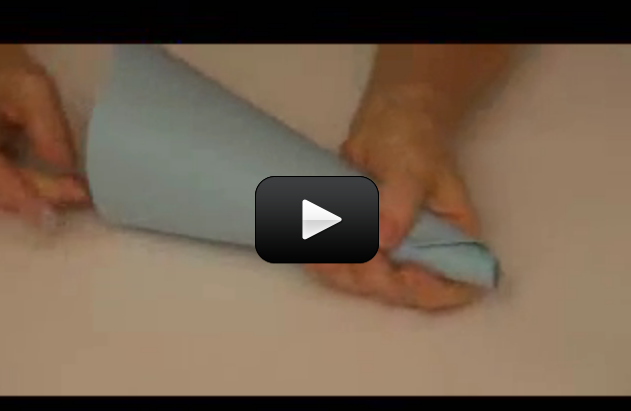 |
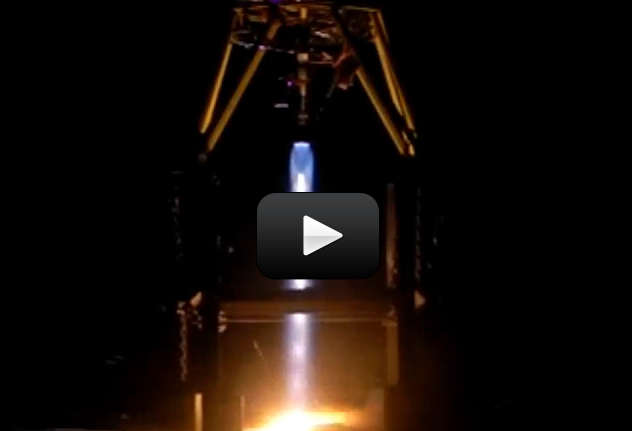 |
Discuss with your counselor an unmanned space exploration mission and an early manned mission. Tell about each mission’s major discoveries, its importance, and what we learned from it about the planets, moons, or regions of space explored.
These are some of the most memorable moments in history, and the happy news is that you can still watch the original footage as if it just happened. These are great to share with family members that may have seen these live as they were happening.
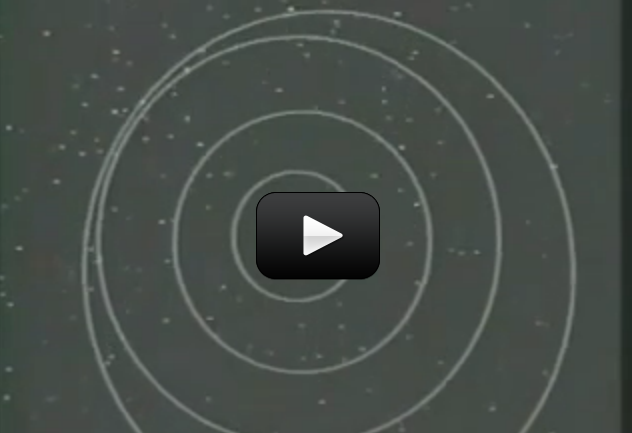 |
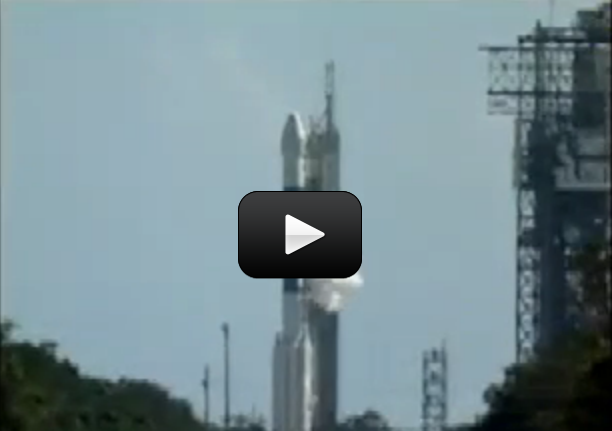 |
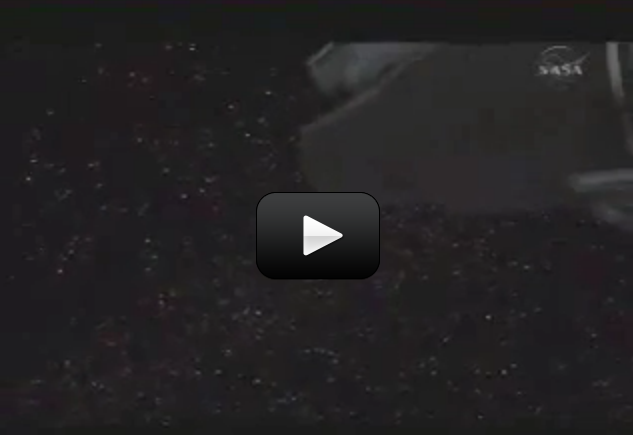 |
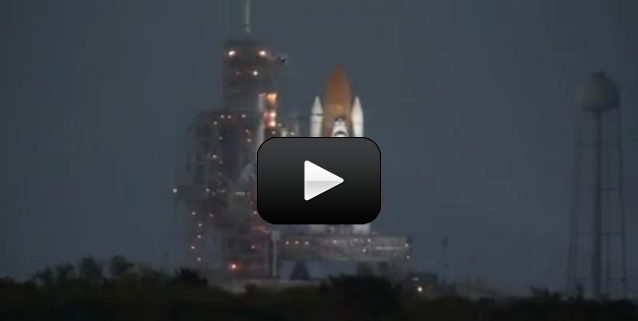 |
|
Describe the purpose and operation of:
The space shuttle is a reusable low Earth orbit spacecraft that was used for 135 missions from 1981 – 2011, which included missions to install satellites, space telescopes, and interplanetary probes; conduct experiments in orbit; and construct and service the International Space Station (ISS).
The ISS is the ninth satellite in low Earth orbit to be inhabited by humans, and currently the largest. It’s a modular structure, so different modules are constructed and attached at a time, and also includes solar arrays, external truss structures, and more. It’s basically a research lab in a microgravity and space environment where astronauts can conduct physics, astronomy, meteorology and biology experiments.
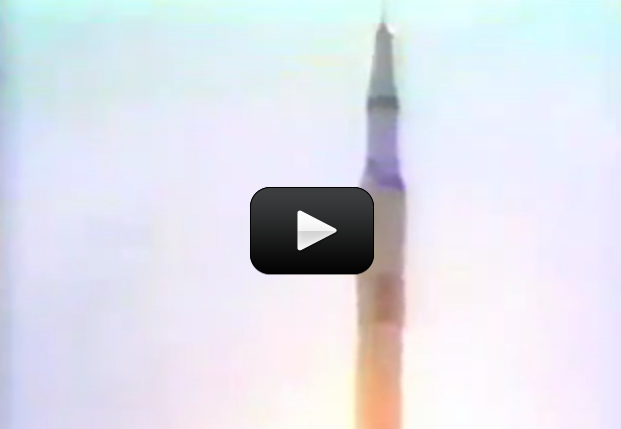 |
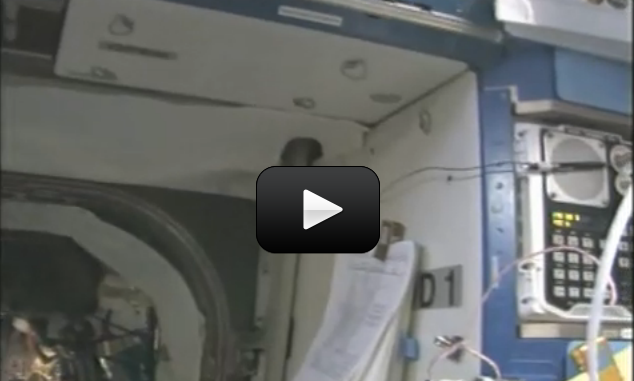 |
[/am4show]
